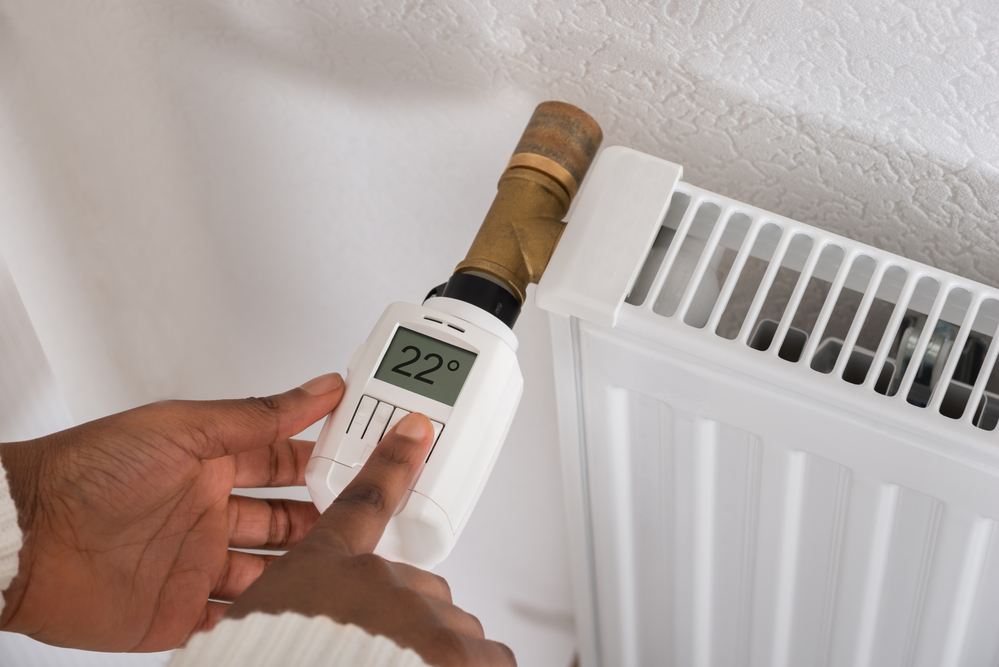In the Netherlands, €1 is considered the symbolic benchmark for the maximum cost of a cubic metre of gas. However, prices surpassed that earlier this week — meaning it’s never been so expensive to heat your house.
With prices above the €1 mark, the average household in the Netherlands may pay up to €1,500 on heating costs on a yearly basis, reports NU.nl.
READ MORE | The cost of living in the Netherlands in 2021
Suppliers concerned there won’t be enough gas for the winter
One of the reasons for the increase in gas prices is the weather. (No joke, there’s always a reason to complain about the Dutch weather! 😂).
Essentially, the relatively cold winter and spring led people to keep their heating on for longer — and hence used more gas throughout the year. As a result, Dutch gas storage facilities are emptier than in previous years.
According to Martien Visser, who is professor of energy transition at Hanze University of Applied Sciences Groningen and an expert in energy supply, gas stores would normally be about 80% full this time of year.
However, they’re currently only half full.
The half-empty stores cause energy suppliers to hike up prices as they’re concerned they won’t be replenished in time for the winter.
READ MORE | 10 dang smart ways to save on energy costs in the Netherlands
Gas diverted elsewhere
What do Russia, the Middle East, and a malfunctioning processing plant have in common?
In short, they’ve all affected gas prices in the Netherlands.
However, as much as we love to blame the Dutch weather for things, it’s not entirely to blame for your high energy bills.
International developments, such as Russia pursuing different routes for its pipeline, mean less gas is coming from other parts of the world to the Netherlands (and Europe in general).
Gas from the Middle East and the US is also being diverted away from Europe. Specifically, a rapidly increasing demand for gas in Asia is pushing prices up in that part of the world and, resultingly, suppliers are more likely to sell their gas there.
An analysis from ABM AMRO also shows that a malfunction in a gas processing plant has affected the price hike.
Price increase is most noticible for consumers entering new energy contracts
If you have a permanent energy contract that’s continuing for another few years, you won’t notice the new gas prices. Instead, you continue to pay the agreed-upon rate.
However, almost half of the consumers in the Netherlands have variable energy contracts. According to those contracts, gas prices are adjusted every six months (on January 1 and July 1). While there was a slight price hike on July 1, gas prices are even higher now.
It’s not certain what consumers should expect prices to look like on January 1, but ABNA Amro foresees that the price level remains elevated until 2022.
READ MORE | Gas, electricity, water and more: ultimate guide to utilities in the Netherlands
Taxes could play a big role
The predictions by ABM Amro, however, are only half of the story.
While the bank analyses the purchasing price of suppliers, the rate consumers pay for their gas is elevated by taxes. In fact, half the price paid by consumers in the Netherlands is tax.
According to Martien Visser it’s not clear which direction the Dutch government want to take those taxes: “There are parties that want even higher taxes to stimulate the transition to sustainable energy sources. If the gas price for consumers is high, it also pays off faster to insulate the house.”
Have you noticed gas prices going up? And what do you think of a potential tax increase? Tell us in the comments below!
Feature Image: AndreyPopov/Depositphotos




Ummmm thought we were discussing energy prices….. I am keeping my gas usage down to a minimum, wearing a lot of sweaters in the winter..short showers , with new air/water shower. And then just recently in August 2021 gas usage E3,99. tax there over E 21,37 !!!!
My supplier is Greenchoice